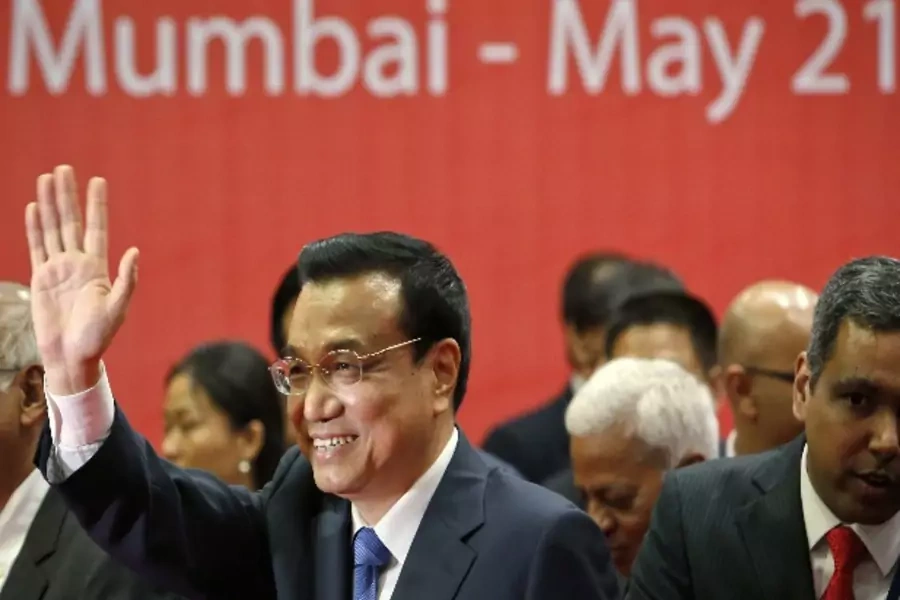Trump’s Attack on H-1B Visas: A Boon for Asia?

More on:
Rachel Brown is a research associate for Asia Studies at the Council on Foreign Relations. This is the third part of a series on migration trends in India and China.
India’s outsourcing and IT sectors are on edge. The combination of recent congressional proposals to alter the H-1B visa program, President Donald J. Trump’s vitriolic statements, and his draft executive order on visa reform looms large for heavily visa-reliant companies. Currently, roughly 70 percent of H-1B visas go to Indian nationals. But that could all soon change. H-1B visas are intended for temporary skilled workers, but some politicians perceive abuse of system, in which employers allegedly substitute foreigners for more expensive U.S. labor. Recent bills crafted by both House Republicans and Democrats seek to eliminate perceived loopholes, as well as to raise the base salary required for an H-1B visa up from $60,000 to anywhere from $100,000 to $130,000.
It is unclear whether such bills will be enacted or what form executive action might take, but the increasingly hostile climate toward foreign workers in the United States will no doubt hit Indian IT firms particularly hard. Just three of these firms – Wipro, Infosys, and Tata Consultancy Services – together accounted for over 12,000 H-1B visas granted in 2014. But could greater visa restrictions on Asian workers going to the United States have the silver lining of promoting greater talent circulation within Asia?
Two of the first places Indian firms may look in their quest to diversify are Japan and China, the two largest economies after the United States. But neither country is known for its openness to foreign workers. So what kind of reception might Indian companies and workers expect?
Japan actually appears increasingly eager to attract and host skilled foreigners. Reforms to the country’s permanent residency system released this year by the Ministry of Justice would shave down the waiting period for skilled foreigners. Instead of waiting five to ten years, workers will now be able to apply after just one to three years, depending on how many points they accrue based on their education, profession, and salary. The changes go into effect at the end of this month. While Japan’s proposed immigration reforms received an enthusiastic response in Indian media sources, reasons remain for skepticism over whether a country with such notoriously stringent immigration policies can truly open up.
On the face of it, Chinese companies too appear ready to welcome foreign tech workers displaced from the United States. In November, Baidu CEO Robin Li criticized Trump advisors’ hostility toward foreigners in Silicon Valley. He added, “so I myself hope that many of these engineers will come to China to work for us…In the past, Chinese IT companies can only attract Chinese engineers from abroad. We would now like to hire more engineers from different backgrounds around the world, because China is the fastest growing major market, so let’s all work together.”
The Chinese government also looks increasingly supportive of attracting foreign talent to promote innovation. Recent immigration reforms include a streamlined work permit program being piloted in select provinces and municipalities. Additionally, in July news leaked of plans to set up China’s first immigration agency under the Ministry of Public Security. Restrictions on permanent residency were also eased slightly last year; individuals working for certain science, technology, or other research-oriented entities in both the public and private sectors can now apply. In 2016, the number of foreign permanent residents increased by 163 percent, although the country still granted a mere 1,576 new green cards. Chinese officials would like to see that number rise further.
As Indian IT companies look to expand in China, they will need to consider not just government policies, but also their own mixed records of success in the country. Tata Consultancy Services has operated in China since 2002. However, its business has grown slowly and is not yet profitable. Others are faring better. Infosys, which posted revenues of approximately $120 million in China in 2015, aims to more than double its employees in China. Meanwhile, management training firm NIIT opened a data and IT training center in Guizhou’s provincial capital this year.
Digging deeper, however, the prospects dim for would-be H-1B visa recipients to relocate to China. The foreign talent that Chinese firms and officials hope to attract is mostly made up of skilled engineers and coders, essentially the cream of the H-1B crop. But many individuals sent to the United States by outsourcing firms are not programmers but managers and other less technical personnel. Moreover, acquiring a Chinese green card remains an onerous process with high skill, salary, and/or investment barriers even after reform. Even the pilot work permit system classifies workers into buckets of “high-end personnel, professional personnel and the temporary and seasonal personnel,” and seeks to manage flows from the latter two categories.
An early test of Indian technology firms’ ability to reorient toward China, Japan, and other Asian markets will come from the Regional Comprehensive Economic Partnership (RCEP) negotiations. Prior to the most recent round of discussions, Indian negotiators pushed for more liberal policies on services and greater freedom of migration. But whether India’s proposals will be included in a final agreement remains uncertain. ASEAN countries have previously resisted pairing open markets with open immigration policies; similar opposition from both ASEAN and Northeast Asian states could hamper RCEP negotiations.
At present the likelihood remains low that any but the highest-skilled Indian IT professionals could relocate to China or Japan in the wake of a dramatic change to the U.S. H-1B visa program. Eventually, however, improving regional labor mobility will be necessary to address Asia’s impending demographic reality. Ironically, as the U.S. government seeks out all manner of ways to tighten borders, historically closed-off Asian states may be the ones to embrace and benefit from immigration.
More on:
 Online Store
Online Store